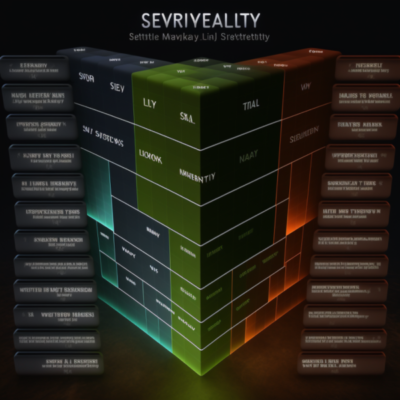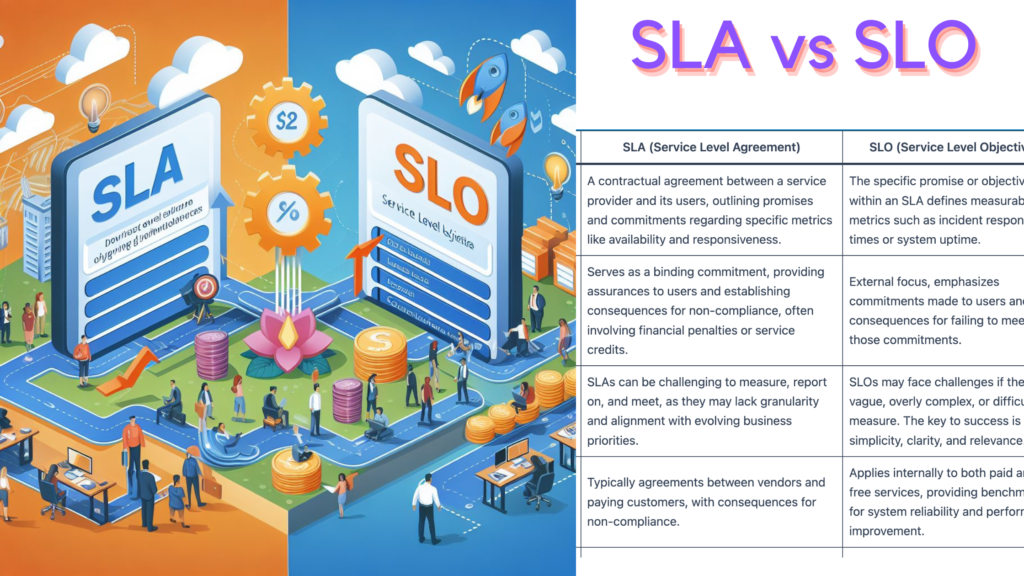Introduction
Severity levels are used to classify and prioritize customer support requests in order to provide the best possible service. They help organizations define the urgency of requests and prioritize them accordingly. This ensures the right level of attention is given to the right issue at the right time.
Definition of Severity Levels
Severity levels are used to categorize and prioritize customer support requests. They are used to measure the impact of an issue on an organization’s operations and the customer’s experience. The severity level of a request is determined by evaluating its urgency, impact, and risk to the customer’s business. This will help to ensure that the most critical requests are handled in a timely and appropriate manner. The severity level of a request is determined by assessing its urgency, impact, and risk to the customer’s business operations and objectives. This assessment will help to ensure that the customer receives the appropriate level of attention and resolution.
Reasons for Severity Level Classification
Severity level classification is important for customer service teams because it allows them to quickly triage and prioritize requests. It also helps support teams better understand the customer’s needs and provide the most efficient solution. By using severity levels, organizations can ensure that the most serious issues are handled first and the customer’s experience is improved.

Types of Severity Levels
Level 0:
Level 0 requests are considered to be low-priority and typically involve minor, aesthetic issues such as font color or layout. These requests have no impact on the user’s ability to effectively use the product or service.
Level 1:
Level 1 requests are considered to be of low-medium priority and usually involve minor issues such as incorrect data entry or slow loading times. These issues do not significantly affect the user’s ability to use the product or service.
Level 2:
Level 2 requests are considered to be of medium-high priority and usually involve major issues such as system crashes or data loss. These issues significantly affect the user’s ability to use the product or service.
Level 3:
Level 3 requests are considered to be of high priority and usually involve critical issues such as security breaches or system outages. These issues can have serious consequences and must be addressed immediately.
How Severity Levels Are Determined
The severity level of a request is determined by its urgency, impact, and risk to the customer’s business. Organizations typically consider a variety of factors when determining the severity level of a request, including the complexity of the issue, the amount of time it takes to resolve, the customer’s experience, and the potential financial impact.
Severity Level Matrix
Organizations typically have a severity level matrix that outlines the criteria for each level. This matrix helps customer service teams quickly identify the severity level of a request and prioritize it accordingly.

Benefits of Severity Level Classification
Severity level classification has numerous benefits for customer service teams and organizations. It helps organizations better understand the customer’s needs and provide the most efficient solution. It also improves triage and streamlines support processes, resulting in increased customer satisfaction.
Conclusion
Severity level classification is an important tool for customer service teams. It helps them prioritize and triage requests according to their urgency, impact, and risk. It also streamlines support processes and increases customer satisfaction. By using severity levels, organizations can ensure that the most serious issues are handled first and the customer’s experience is improved.

